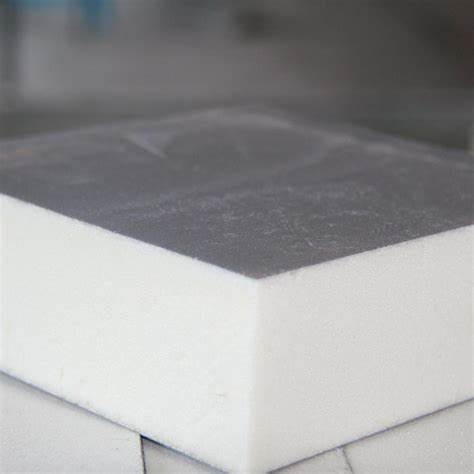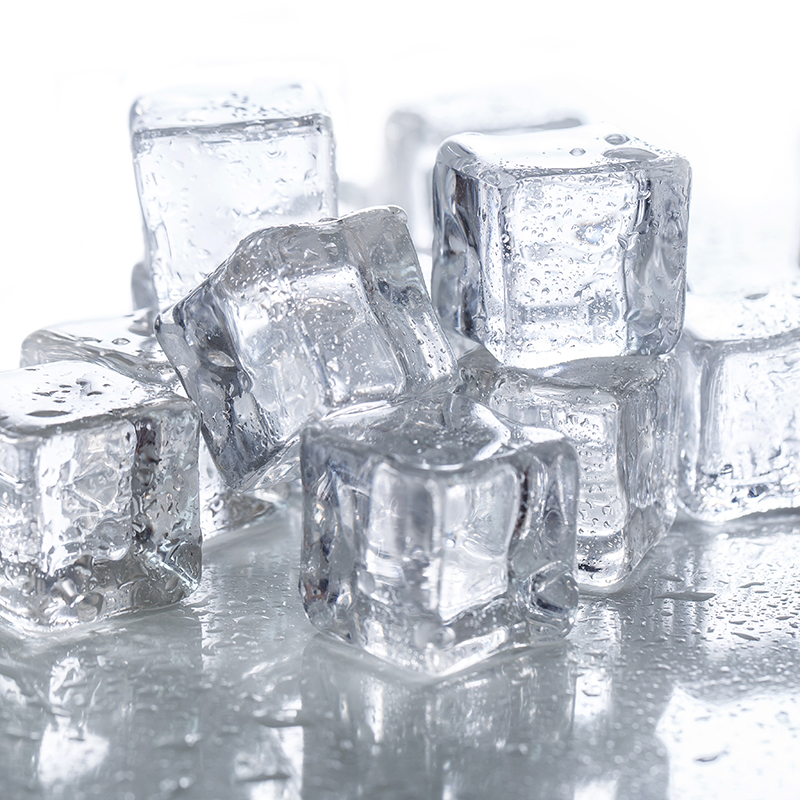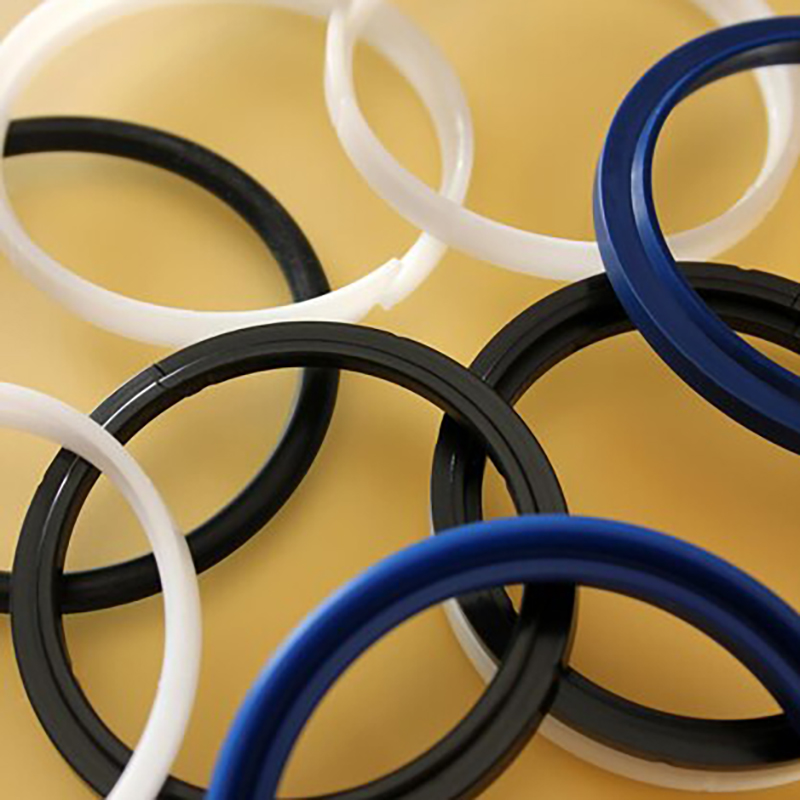Passive coolers is a cooling device that does not require electricity to drive. It achieves cooling and heat preservation effects through clever design and advanced materials.
Materials and structure
The core of passive refrigerator lies in its material and structural design. It is usually made of high-efficiency thermal insulation materials, such as polyurethane foam (PU), polystyrene foam (EPS), etc. These materials have low thermal conductivity and can effectively block external heat from entering the interior of the box.
Polyurethane foam (PU):
This material has excellent thermal insulation performance and structural strength and is widely used in the inner wall and outer shell of refrigerators.
Polystyrene foam (EPS):
EPS is a common thermal insulation material. This material is light in weight, easy to carry and operate, and can provide good insulation effect.
Heat exchange principle
The cooling effect of passive refrigerator mainly depends on the heat exchange principle. The ice cubes or coolant inside the box absorbs the surrounding heat to reduce the internal temperature. Common coolants include ice bags, ice boxes, dry ice, etc., which can keep the box at a low temperature for a long time.
Ice bags/ice boxes:
Ice bags and ice boxes absorb a lot of heat during the melting process, keeping the inside of the box cold.
Dry ice:
Dry ice absorbs heat by sublimation (solid directly into gas), which can provide a longer cooling effect. However, dry ice releases carbon dioxide, so it needs to be used with caution and follow the safe use guidelines.
Sealing design
Sealing design is an integral part of passive refrigerators. High-quality sealing strips and locking systems can effectively prevent outside air from entering and maintain a low temperature environment inside the box. The sealing strips are usually made of silicone material, which has good elasticity and durability and can maintain a sealing effect for a long time.
Heat reflection and radiation
In addition to materials and structures, passive refrigerators also use the principles of heat reflection and radiation to further enhance the cooling effect. The inner wall and outer shell are usually coated with a reflective layer that can reflect the external heat radiation and reduce the heat absorption of the box. At the same time, the reflective layer inside the box can also reflect the cold radiation released by the coolant, making the cooling effect more significant.
Through the above principles, the refrigerator can achieve excellent cooling effect without electricity, which is an energy-saving and environmentally friendly refrigeration artifact.
If you want to know more or purchase car headlights, please contact WWSBIU officials directly:
Company website: www.wwsbiu.com
A207, 2nd Floor, Tower 5, Wenhua Hui, Wenhua North Road, Chancheng District, Foshan City
WhatsApp : +8617727697097
Email: murraybiubid@gmail.com
Post time: Oct-21-2024







